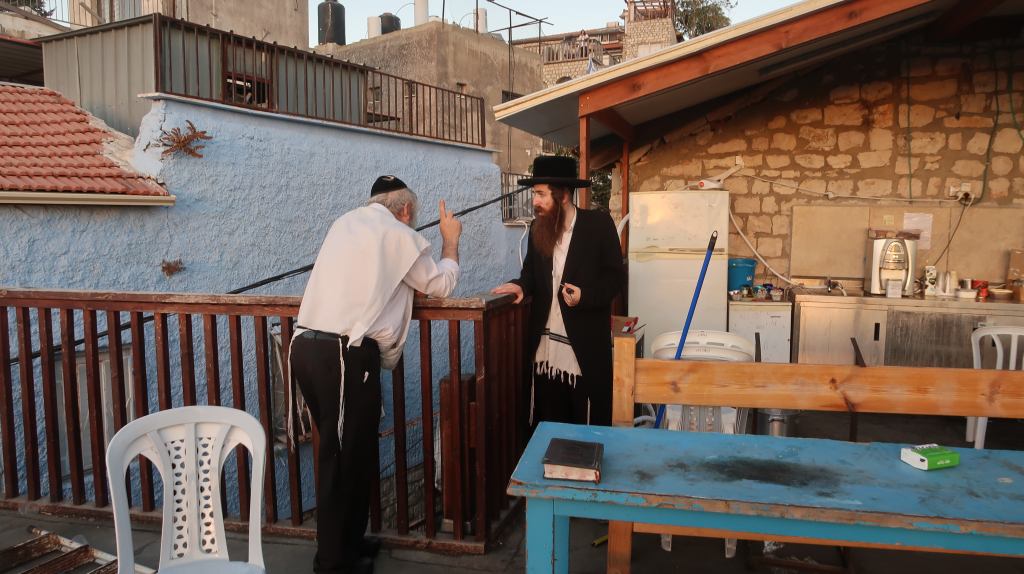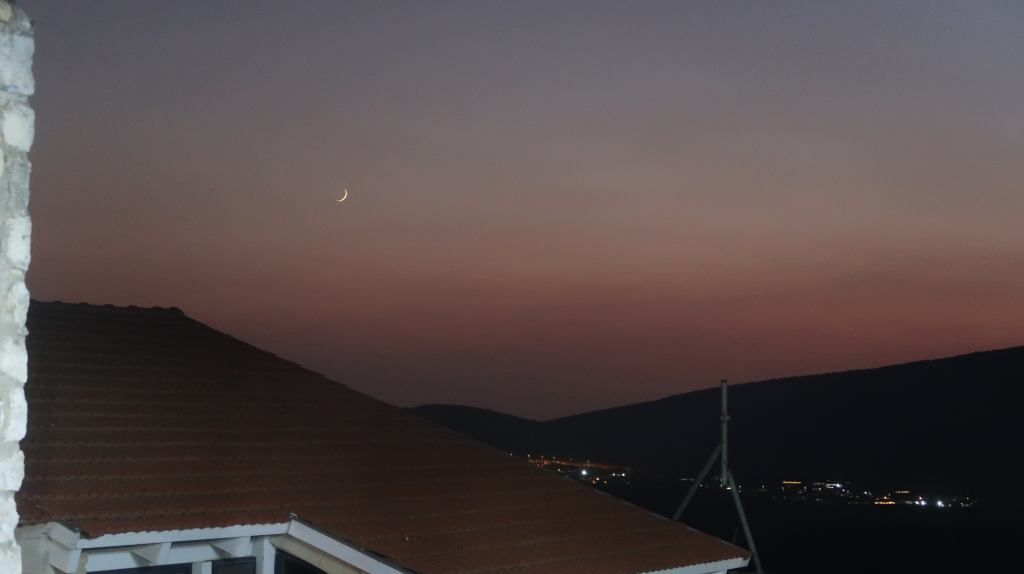
The time in Brooklyn is now:
Tue Apr 22 07:02:54 2025


We endorse the greatest
health and beauty products
and shampoo on the
market -
Maple Holistics
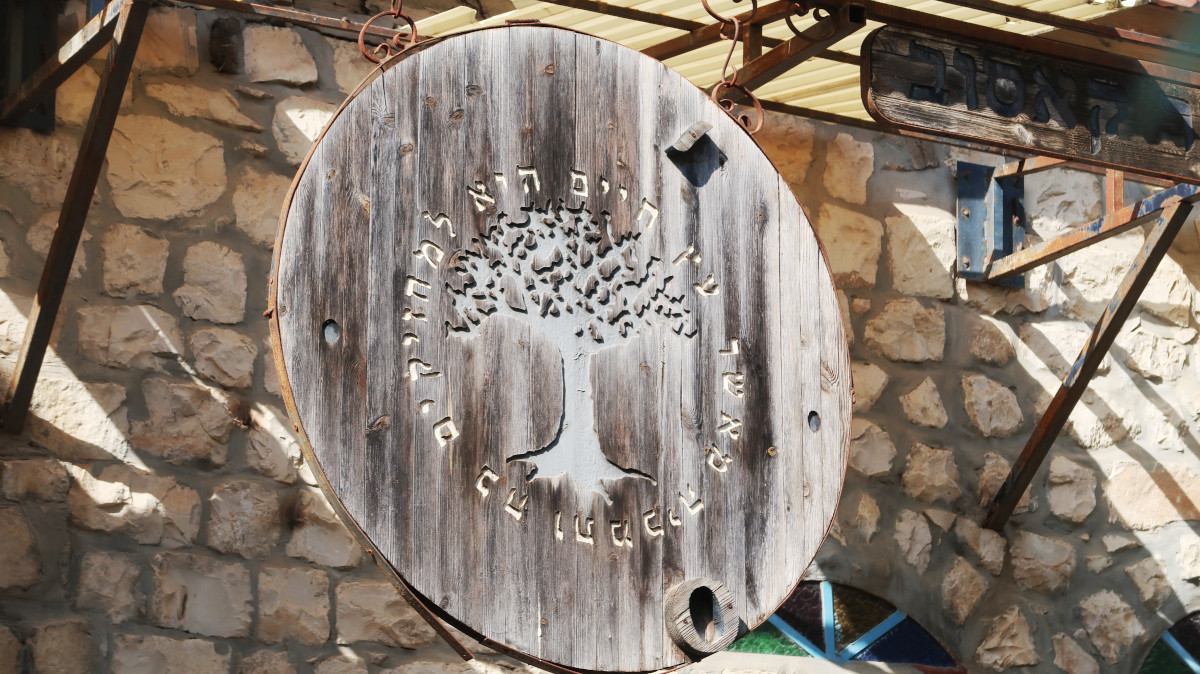
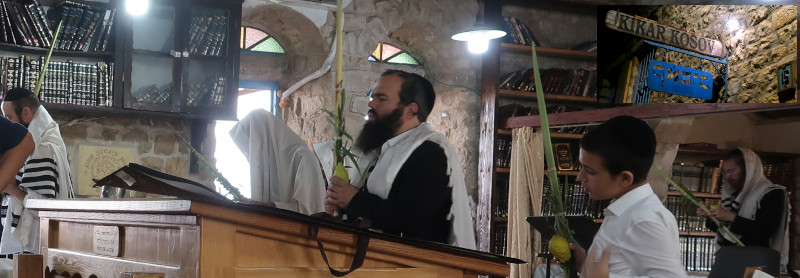
The 1830's was a harsh decade for Tzfat's Jewish community. In 1837, Tfzat suffered an enormous earthquake. It came on top of a long period of violencei, anti-Semetism and plundering of the Jewish comunity. The Earthquake itself was described in terms most normally reserved for Armageddon. The destruction was so swift and devastating that Rabbi Isaac Farhi described the event in his travel logs in a chapter named "Tish B'av". He wrote:
An even greater evil happened in the year 5597 [1837]: On the 24th of Tever, in the afternoon of the first day of the week, there was a heavy earthquake in the Land of Israel, and because of our many sins, the wrath [of God] seized Safed and Tiberias. In one moment, all of Safed was destroyed and not one wall re- mained as a sign. And because of our many sins, two thousand people died in Safed and four hundred in Tiberias. Woe to us that this great evil has happened in our time. One day after the event became known, people from Jerusalem, He- bron, and Damascus went there to bury the dead. Many talmid hakhamim went there and when they approached, they saw the city destroyed and raised their voice in lamentation, moaning, and wailing, and moaned for the holy city of Safed and all the beautiful synagogues that had been there, and the beautiful yeshivor . . . and for so many Jewish souls that perished, and began their work digging [graves] to bury [the dead]. They found so many kinds of affliction as to make heaven and earth wail. They found women who had been breast-feeding their children, and still the mothers were united with their babies, the breast in their mouth. They found young boys still with a piece of bread in their mouth, for they had finished their study and they were eating. They had no time to swallow the bite they had taken when the evil decree overwhelmed them. They found a great Ashkenazic rabbi in his tallit and tefillin and the Midrash Rabah in his hands, and such things as one trembles to hear of. . . . It is appropriate to wail day and night, for this evil
He goes on to define the details of the death toll, listing Rabium killed, Beis Kenesets and Yeshivot destroyed, recovery efforts and so on in painful detail. News of the devastation quickly found its way to Amsterdam which was a patron of the Tzfat Tzdakim. After a decade of persecution and being capped by this natural disaster, Tzfat was all but abandoned into the 1840's. And yet in 1847, in one of Tzfat's prime locations, the Kosov Chassidim from Galicia built a world class Beis Kenesset and Community Center, "the Kosov Kikar" in the center of the old city. The Kikar is centrally located down the steps from the Ari-Ashkenazi Synagogue and steps away from the most historical shules in Tzfat including the Yosef Caro Synagogue, the Abuhav Synagogue, Alsheich Synagogue, among other classic institutions. It anchors the entire community of religious and spiritually active Jews in the Galilee while overlooking Mount Meron and the Chever of the Rashbi.
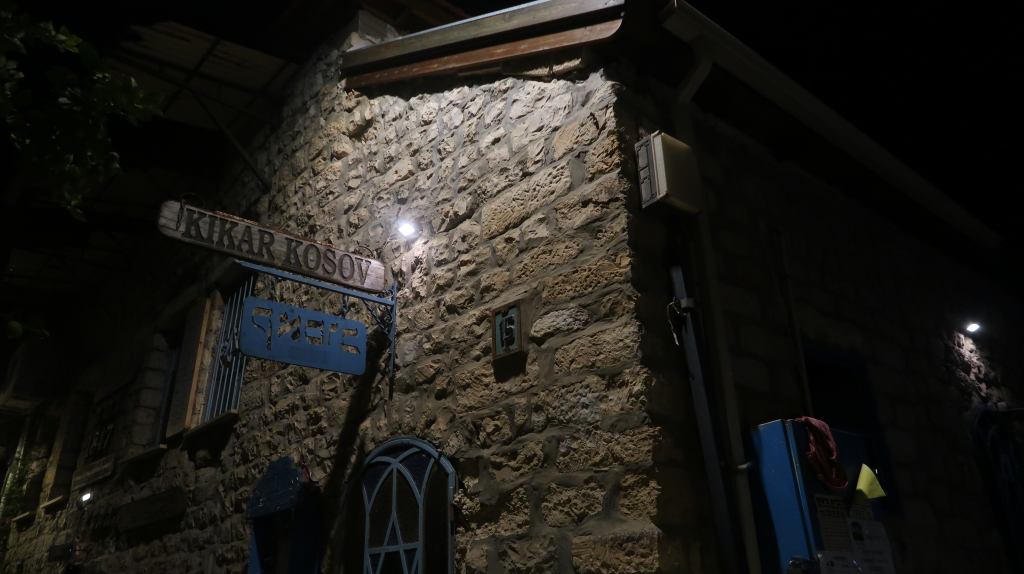
The historical records for the motivations and construction for the Kosov Kikar is shrouded in a historical fog. Although I have researched it, until now I can not find mention of an individual or group that branches from the Kosov Hassidim with the funding or vision to construct such a beautiful and well placed edifice, particularly during such a historically difficult period for Jewish development in Eritz Yisroel and Tzfat. By 1840, British and Allied groups intervened in the war between the Egyptians and the Ottoman Empire in favor of the Ottomans. Ending the threat to the Ottoman Empire the Ottomans gave in return access of the Holyland to British interests, and established equality under the law for all citizens of the Ottoman Empire, regardless of religious affiliation. The Ottomans also implemented political reforms. Some of the reforms took hold, and some did not. That cleared the way for European missionary activities, archaeology, and foreign missions. Most importantly it opened the gates to adventurers and thrill seekers who put cultural, economic and political fingerprints all over The Holy Land.
But real equality was resisted by Muslims just as it is today. It was viewed as a foreign influence, and a colonial enterprise. But the agreements between the British and the Ottomans ended the brutal Druze pogroms on the Jewish population and replaced it with a more benign form of discrimination that hampered Jewish business, and stunted its population growth.
The truth is that the Jewish population in Tzfat had been under constant attack from the 17th century, with waves of Druze attacks, plague, earthquakes, and fundamental economic discrimination which eventually wiped out the Jewish populations in Tzfat. And yet Jews kept coming back. Druze sacked the city in 1652, and by 1662 is was nearly emptied of Jews only to rise up again. In 1812 80% 0f the Jewish population was killed by the plague, and yet the Jewish population in Tzfat was to arise again. Even after the 1837 Earthquake, Ottoman censuses showed a rebound of the Jewish community. By 1871 they counted 1,395 Muslim households, and 1,197 Jewish households. After decades of repression of the Jewish community the community kept returning.
Through out the 19th century Jewish commerce was muscled into bankruptcy by Muslim traders who, with state backing, as reported in the press by Hamelitz:
The Arab merchants are growing more and more... Their trade is developing out of the ruin of the Jewish commerce. Among them, rich persons are found... The principal abundance comes from the environment and flows into their hands. All the negotiations with the fellahs, the purchase of the crops, the items needed for food and clothing - they all are in the hands of Arab merchants. Formerly, this trading was made by Jewish merchants, but with the cultural, development of the Arab residents in the town, the Arab merchants began to push the Jewish traders away and overtook the trading business. The Jews did not oppose this; they withdrew from the negotiations with the gentiles. However, the Arab merchants started to compete also in the market of the Jewish commerce. They did not buy at fixed interest but by cash payment, their needs were less and they were satisfied with small benefits, and Jews began to leap at Arab merchandise.3The Ottomans made Tzfat a center of Sunni jurisprudence, instituted banks, and created land reform, all which benefited Muslim traders over Jews. The British mission diplomat, Masterman, in the 1890's observed the power of Muslim traders with government backing and noted that Muslims gave more credit to the Fellaheen (farming peasants of the Galilee) and could receive help from the authorities for debt services. So even under the Ottoman reforms and promises of civil equality, the Jewish community in Tzfat remained under existential threat even as more Hassidim, Perushim, and non-ideological refugees pure in from the west. Under all these adversities, in 1847, the Kosov community was able to muster enough financial wherewithal to put up one of the must amazing synagogues in Tzfat.
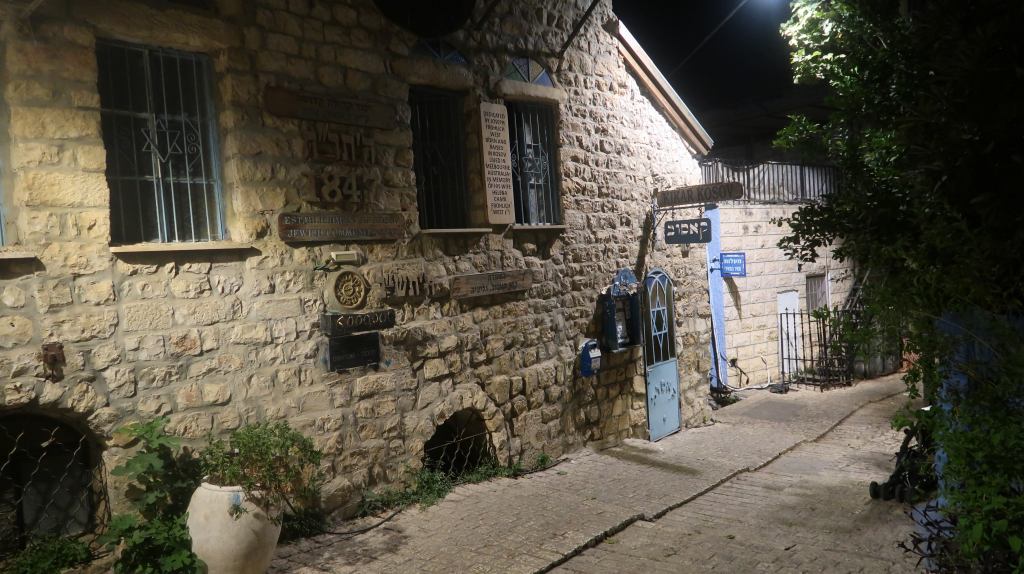
The Kosov structure is typical of the aesthetics of the mid-19th century but, while in Europe, most synagogues are being constructed on wood, Tzfat gives opportunity to build instead in the lovely granite and stone of the area. Unlike much of the old city, the roof is not constructed on domes and arches, but instead wood and for much of the existence of the shule, it had a flat drop ceiling which has now been removed to expose the original rafters and a new wooden roof with Spanish tiles on the top. Huge arched windows dominate the structure as it is perched on the mountainside, overviewing the Valley and Meron in the distance. The sun sets in its western face bringing a holy and cheerful aura to the interior and astonishing views of the Meron mountain range viewable from the interior. It is simply one of the greatest building to daven in, and to daven with emunah.
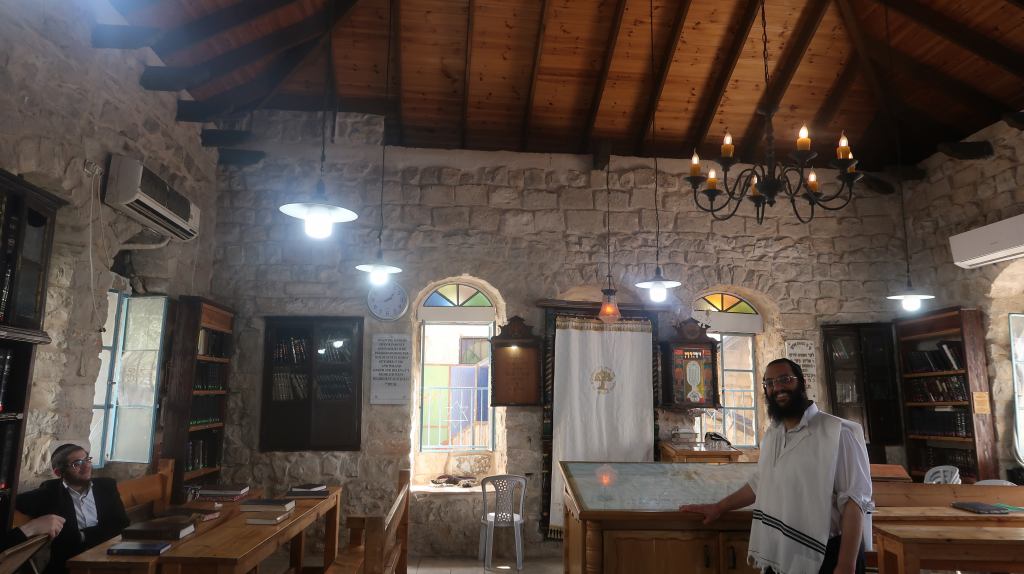
The Kikar Kosov is appropriately named in that is truly square on the inside, with two staircases, one to the women's section on side and the main entrance directly on the street. A later addition was presented to the shule with a large porch that transforms the western windows into doorways. Stepping out onto the porch gives everyone fresh air and an addition place to learn and cater. The structure is on the hillside and has a second lower floor that houses an out of used Beis Medresh, a kitchen and a public bathroom. There is an entrance to the lower floors from lower on the hill which is currently blocked by private property. In fact, property titles and property lines for the shule have been debated and arbitrated in court, but currently there is peace among the interested parties and the Shule has been allowed to flourish as an independent institution through the leadership of the Baila Rebbe in cooperation with the Kosov Hassidem around the world.
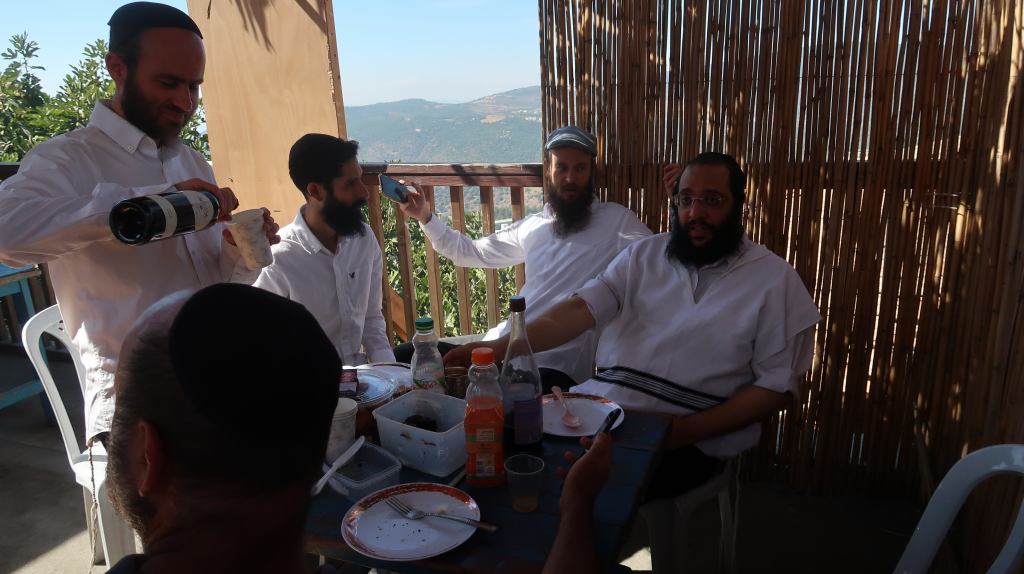
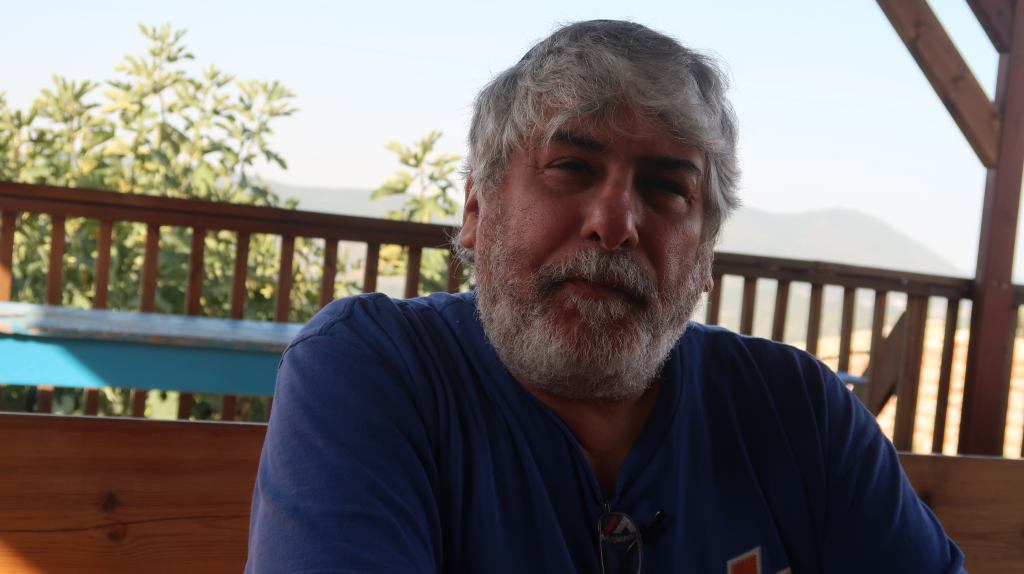
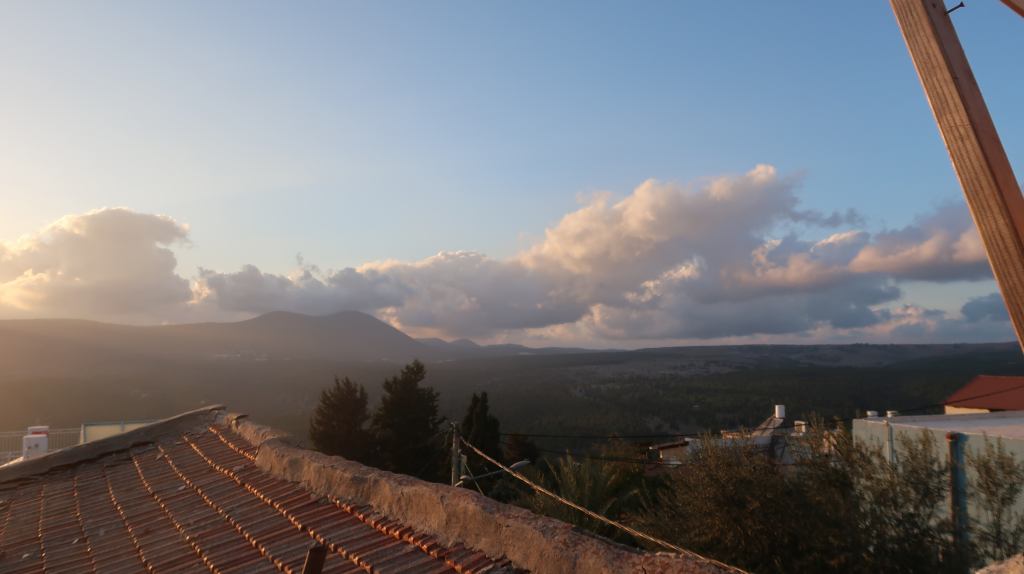
The Kosov Hassidim suffered terribly from the Holocaust. Many wings escaped to the United States and to Israel, but a large number were exterminated by the Nazi's. The Jews of Kosov were systematically exterminated as accounted by Aharon Weiss, colleague of the JDC who specializes in Holocaust education in the Ukraine at the Tkuma Center for Holocaust Studies in Dnepropetrovsk. In his words, he describes the the systematic and cruel extermination and the immediate history leading up the final events:
When the war between Germany and the Soviet Union broke out in June 1941, small groups of young Jews joined the retreating Soviet army and later fought against the Germans. Kosov was captured by the Hungarian Axis forces in early July. A local Jewish emergency committee was set up comprising the community leaders who had been active before September 1939. Acting under and in conjunction with the Hungarian military administration, it prevented groups of Ukrainian nationalists from attacking Jews and Jewish property. Jewish refugees from Subcarpathian Ruthenia, recently annexed by Hungary, who were not recognized as Hungarian citizens, sought shelter in Kosov, and the committee, with the cooperation of the local Jews, gave them assistance and medical care. In September 1941 the Germans took over the town's administration. In an Action on Oct. 16–17, 2,200 Jews, about half of the community, were taken to the hill behind the Moskalowka bridge and murdered. That winter the Jews struggled against starvation and epidemics. The Judenrat established soup kitchens and other aid. On April 24, 1942, 600 Jews without working papers were sent to Kolomyya. As the extermination campaign heightened, more attempts were made by Jews to cross the border to Romania. In early May 1942 a ghetto was established. On Sept. 7, 1942, another Action was carried out. The Jews were rounded up in the square and the German and Ukrainian police searched the houses and killed about 150 persons who had disobeyed the order to assemble. About 600 Jews were marched to Kolomyya and from there sent to *Belzec death camp. A number of able-bodied men were sent to the Janowska Street camp in Lvov. Only a few persons managed to go into hiding. On Sept. 28, 1942, the Germans announced that persons in hiding could now come out and remain, but all those who appeared were killed. On Nov. 4, 1942, the last suvivors of the Kosov community were sent to Kolomyya and the city was declared judenrein. In the following months the Germans and Ukrainians continued to track down and murder Jews who had taken refuge in the forests and in the city.
The affects of the Holocaust echoed through Klal Yiroel and is with us until this day. It succeeded in destroying the ancient Jewish civilization in Europe, a world where Yiddish was the vehicular language in towns and city across the continent for both secular and religious conversation. Across Europe, nearly 3/4 of the Jews where murdered, but this extermination rate wasn't even across all of Europe. In the Jewish heartland, including the area about Kosov, only about 5% chance of survival existed. Over 85% of the Polish Jews were killed. Nearly 85% of the Dutch Jews were murdered. 83% of the Jewish in occupied Soviet Union territory was murdered and so on. The Kosov Hasidim, along with there many branches, were decimated and the leadership scattered. The Kosov Hasidim had an advantage of being splintered with many of the Hager Family leadership geographically separated into different courts, with the Vizhnitz, Serets (who were destroyed in the Holocaust), Muzhai, Sulitza, Sasregen, Ropshitz, along with many others. After the Holocaust, the surviving Kosov and Vizhnitz Rebbe's moved to Brooklyn (especially Borough Park), Haifa, Bnei Brak, and Monsey, NY.
The extermination of vast numbers of Kosov Hasidim and the transplanting of their surviving communities resulted in the Kosov Kikar in Tzfat to atrophy and to be forgotten. It was slowly abandoned, another victim of Hitler's war on the Jews, becoming a complete ruin by the time the Synagogue was assigned to the Biala Rebbe of Switzerland by the Tzfat Beis Din. Since then, the Shule has defied Hitler and has been a center of a spiritual and physical rival.
Under the guidance of Avraham Lesser, who has worked with the Biala Rebbe, and the Tzfat community, the shul's physical infrastructure has been maintained and upgraded. Much of the expense has come out of his personal pocket. Today the building has a new roof, a refurbished interior, a lovely Franklin Stove, a secure Aron Kodesh, new Torah Scrolls in addition of the ancient ones that it already pocessed, the addition of a porch, modern air conditioning, new electicity, and the addition of adjacent property which allowed for the porch to be extended. He has also managed a title dispute with the neighboring charity, Livnot U'Lehibanot, mediating an agreement that protects both interests of both institutions while guaranteeing the integrity of the Kikar and reclaiming it for the Kosov Hasidim.
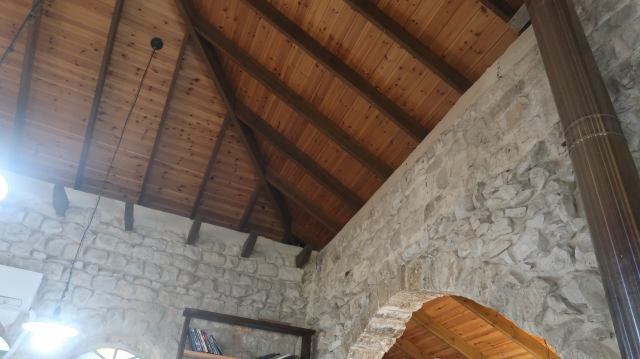
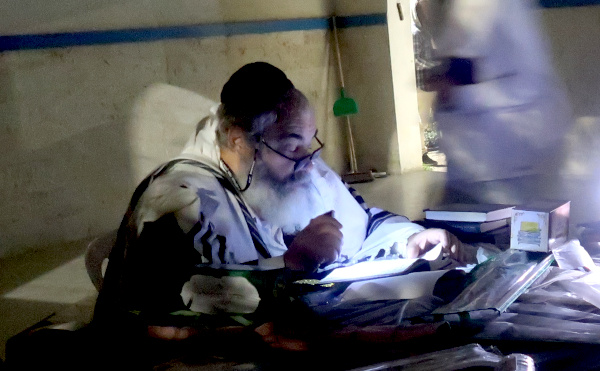

The Kosov Hasidim have also thrown their support for the Kosov Kikar. They have helped fund a Kollel in the shule, and contributed to the distribution of food to the Tzfat community and upkeep. Their fund raising has been an essential part of the Kosov Kikar's revival. And they have also contributed with advice and Rabbinical Support, helping the Kikar Kosov get Rabbinical leadership, currently in the form of a young Rabbi Moshe Berenshtein, a scion of the Rabbi Moshe Tuvia Berenshtein of Jerusalem. Rabbi Berenshtein is a tireless worker for the people of Tzfat and for the Kosov Shule. His followers now bolster the Kikar's religious services and greatly extend its reach.
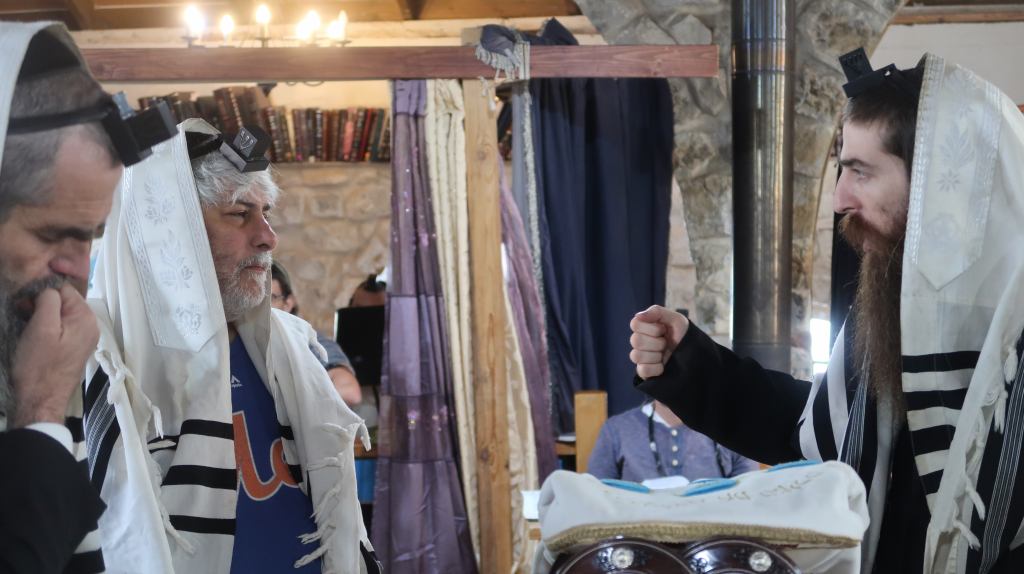
On a recent trip to Tzfat, over the High Holiday Season of 2022, I spent a great deal of time at the Kosov Shule, davening, learning, connecting, and reviving my Jewish Neshoma after the long lockdown that has prevented me from getting to Tzfat or seeing my children who live in Israel. Much of my time in Tzfat was spent at the Kikar, early in the mornings until late at night. I have made warm friendships through the holiday. I spent several Shabbats with Rabbi Berenshtein and during Succos the Shamysh for the Shule, Reb Asher assured that I didn't miss any meals as I succah hopped during Yom Tov and through Chol Meod. I saw all kinds of Succus, including Succus build into the kitchens of magnificent homes in the ancient city, to succos perched off the mountain with breathtaking views, to run of the mill succos with 8 kids, including Sarah Yoffi and all her siblings. At every turn, the people of the Kosov Kikar made me feel as if I was one of their own, and not a stranger. I did a lot of Davening and learning, and occasionally shed a few tears of joy. And I noticed that folks sometimes floated into the shule, and would just stay for a week. The shule and its people have a special Kedushah. Those I left behind when I flew out of Israel, back into Golus, are blessed. One can never find this kind of deeply spiritual connection as one makes at the Kosov Kikar. It is truly a place that breeds Kedushah, and its congregation, while at times eclectic, is warm and loving. This is a place where any Jew can find comfort and feel at home.
